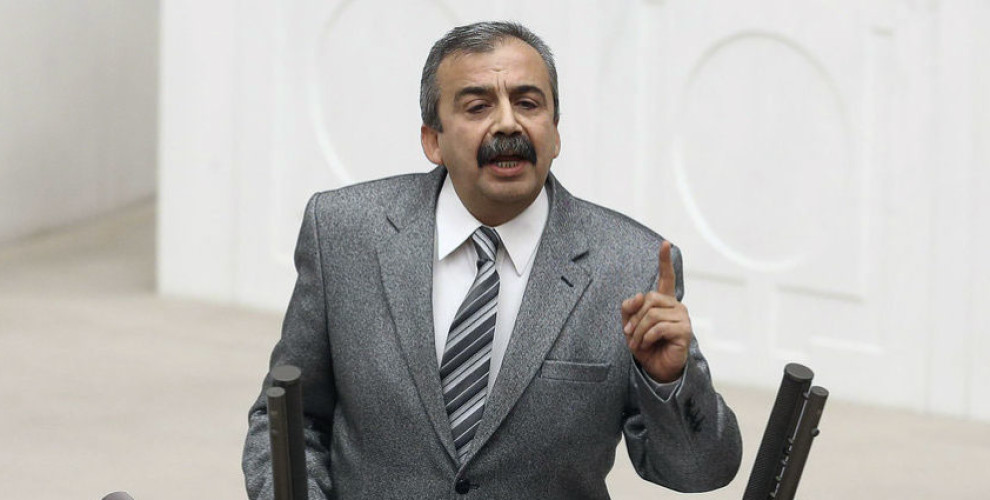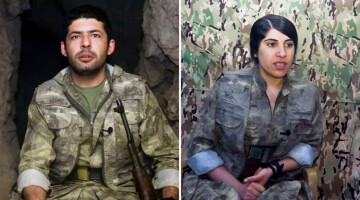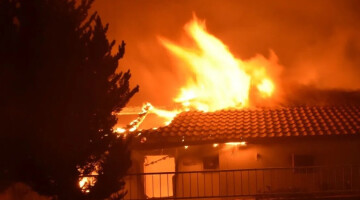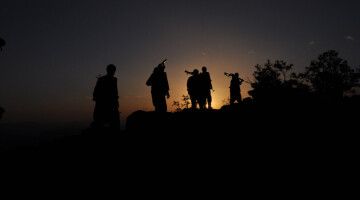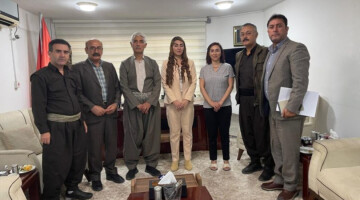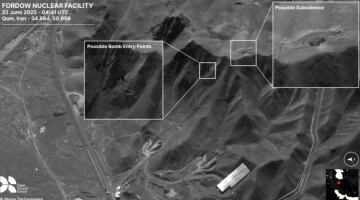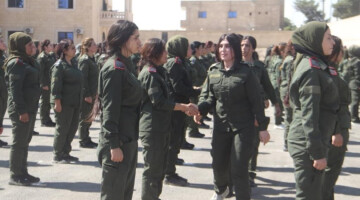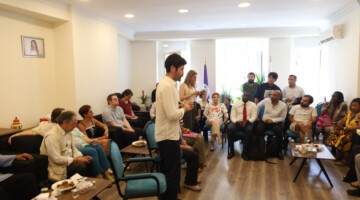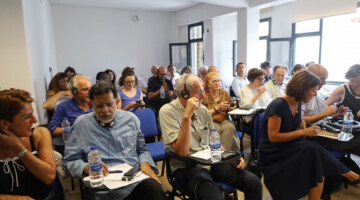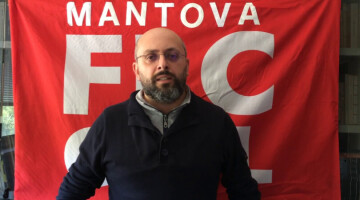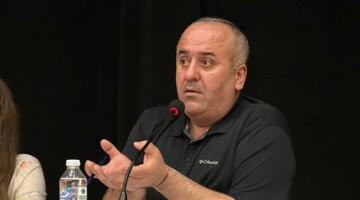In the Dolmabahçe summit on February 28, 2015, the 10 point peace declaration posed by Kurdish People’s Leader Abdullah Öcalan was read. Sırrı Süreyya Önder, Pervin Buldan and Idris Baluken participated in the meeting for the Kurdish side, but 3 days later Turkish President Tayyip Erdoğan’s comments, “There was no such accord, I haven’t heard of it, there is no table, there is no secretariat,” ended the process.
Turkey has been going through a different process due to AKP policies for the last 3 years. At a time when anybody who demands peace is arrested, the Dolmabahçe Accord is turning 3.
HDP Ankara MP and Imrali Delegation Spokesperson Sırrı Süreyya Önder spoke to the ANF about the Dolmabahçe process and the current day.
It has been 3 years since the Dolmabahçe Accord, but unfortunately the content of it wasn’t allowed to flourish. In the time since, these lands experienced great pains and catastrophes. Before we talk about those, could you tell us about that day once more?
I actually think the events leading up to that day were as important as the day itself. It could very well be argued that they were even more important. Think about it, negotiations were chosen as a method for conflict resolution, like almost never seen in the history of these lands.
The fundamental motivation of the “peace process” in Turkey, particularly because it was voiced through the state narrative, was relayed as a non-conflict and a stop to the bloodshed. Even this version was a shocking surprise to many circles who were accustomed to the historical reflexes of tne Republic. Despite that, the reduction in content and format to a “no-conflict period” of what we call the peace process, this being pushed forth as a technical/diplomatic discussion and becoming more discussed than the content of the method itself arose as the intention and will of the political power to distort the process. They wanted to ignore the political, historical and philosophical aspects of the issue. Under such conditions, as the key to transforming the dominant view of the state, Mr. Öcalan deeply valued a joint program and a joint presentation. His insistence on the Dolmabahçe Accord was due to an awareness that a path walked with the shortcomings and mistakes of the past would not bring peace and democracy. What he was trying to do with this was to pull the state to a line of seriousness and to end speculations. As such, the dilemma the state faced was this: There was no path left to walk with empty words and maneuvers. With the intensity of these, after the process, there was a presentation there and the state/government bloc chose recklessness and the cowardice of war again, instead of gravity and a courage for peace.
Did Mr. Öcalan have analyses that weren’t written much about in the media but still pertain to this day, about the end of the process and what could happen afterwards? How did Öcalan read these days as the continuation or ending of the process?
He described in detail all that could happen if the government and the state didn’t take the necessary steps at that point in the process. To summarize the framework, he told us what would happen in the country and in the region from that day to today. All that he foresaw that day has happened, and continues to happen.
The AKP committee who posed for the Dolmabahçe photograph have been pushed out of the circle of politics - the visible portion in any case. As the HDP Delegation, there is very little left that you have not suffered.
There is one thing that remains unseen, and that is the fact that Mr. Öcalan was the architect of that photograph. As long as Öcalan himself isn’t in that photograph in person, this chaos will continue. It may be important that individuals leave or are made to leave, but that photograph is the page violently folded over in the book of peace. When that page is reopened, we will see Mr. Öcalan at the honor seat. We should. The current state will not handle any smaller maneuvers.

